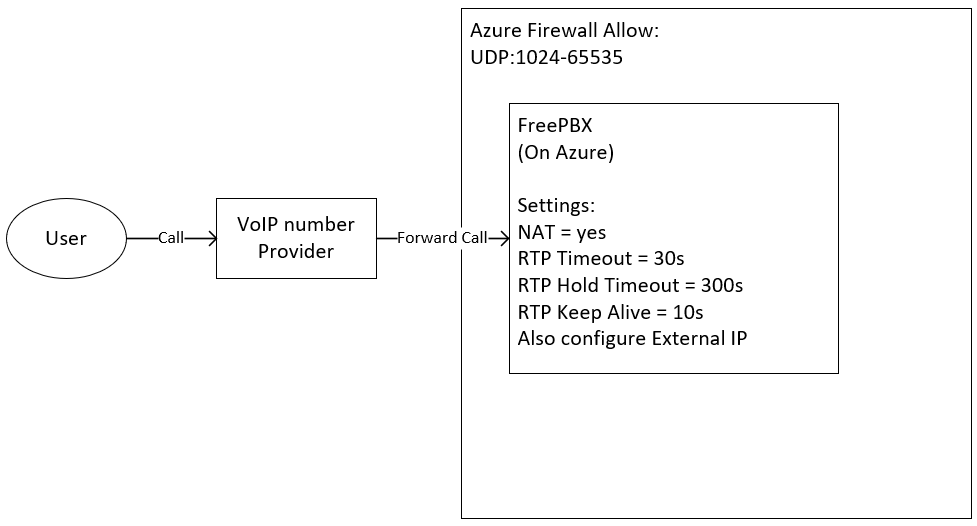Sorry, I know nothing about SfB but have experience with other conference systems.
Normally, muting a participant would have no effect on RTP flow. All participants continue to hear audio from the users that are not muted. All users continue to send audio to the server, which ignores the muted users and combines audio from the others.
However, if this is a ‘meeting’ with only two users, it’s possible that when one is muted, SfB stops sending RTP to the other. And if Asterisk has no RTP coming in from the SfB server, it won’t send any to the VoIP trunk and your call will be dropped by the trunking provider.
Some conference systems have a ‘hold’ function that is different from ‘mute’. A held user is temporarily shut out from the meeting and can neither hear nor speak. For example, a broker may put the vendor on hold to speak privately with the client. It’s possible that a held user would not receive any RTP.
How is the SfB server connected to FreePBX (SIP trunk or something else)?
How is the incoming call routed to SfB, e.g. Inbound Route points to Misc Destination?
I suggest that you run tcpdump on the FreePBX machine to capture all traffic for a failing test call. Copy the pcap file to your PC and examine it with Wireshark. Possibly, when the incoming RTP stops, SfB is sending a re-invite or other SIP request that Asterisk may be able to use, e.g. to play hold music to the PSTN caller. Also, look at whether the keep-alive packets are really being sent to the VoIP provider and what, if anything, occurs after 30 seconds.
There may be a configuration option at the SfB end that will work around your issue. If not, it should be possible to configure Asterisk to set up the call through its own conference facility. It would then continue to send RTP to the trunking provider, even when none is being received from SfB. However, FreePBX does not provide a built-in way to set this up, so you would have to write some custom Asterisk dial plan code.

